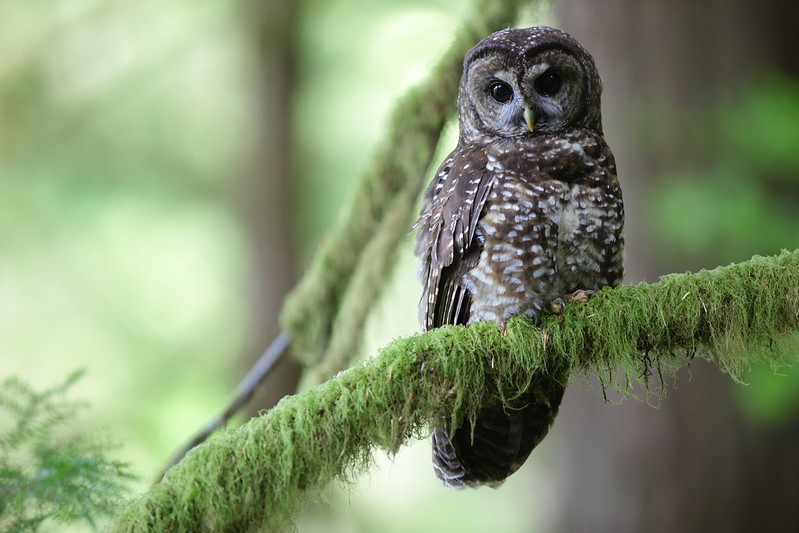Mendobirder
Well-known member

The United States Fish & Wildlife Service (USFWS) is seeking public comment on a draft plan to manage Barred Owls in western US forests:
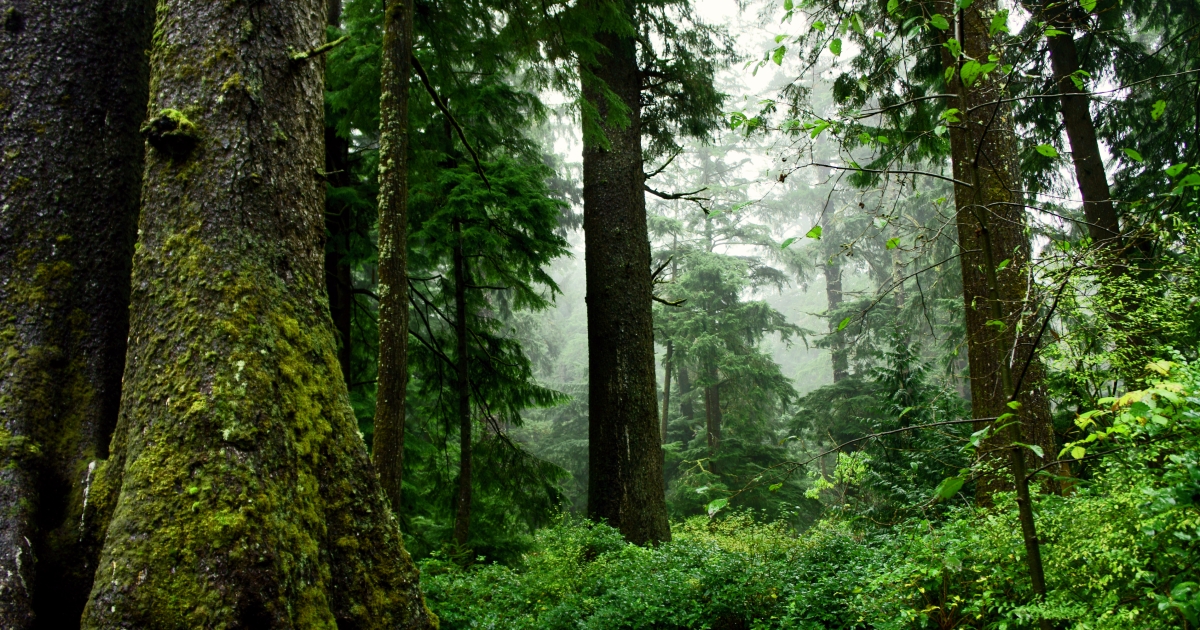
 www.fws.gov
www.fws.gov
More information from USFWS about their Barred Owl management:
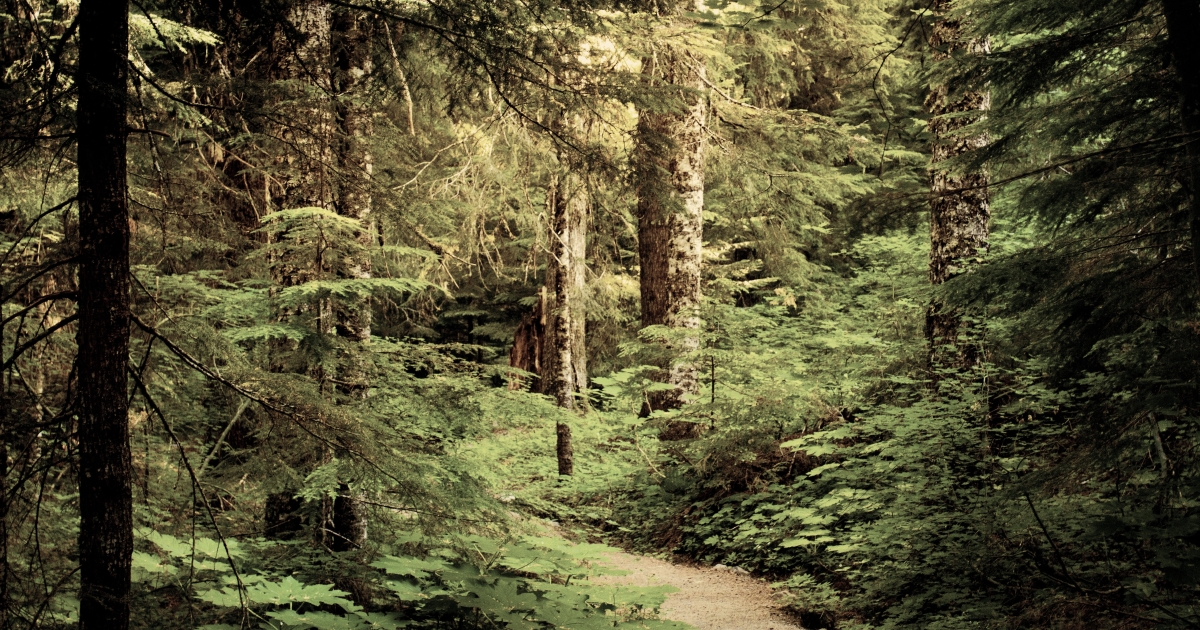
 www.fws.gov
www.fws.gov
The proposal includes "lethal removal" of Barred Owls - shooting them - and that has been picked up by popular media recently:
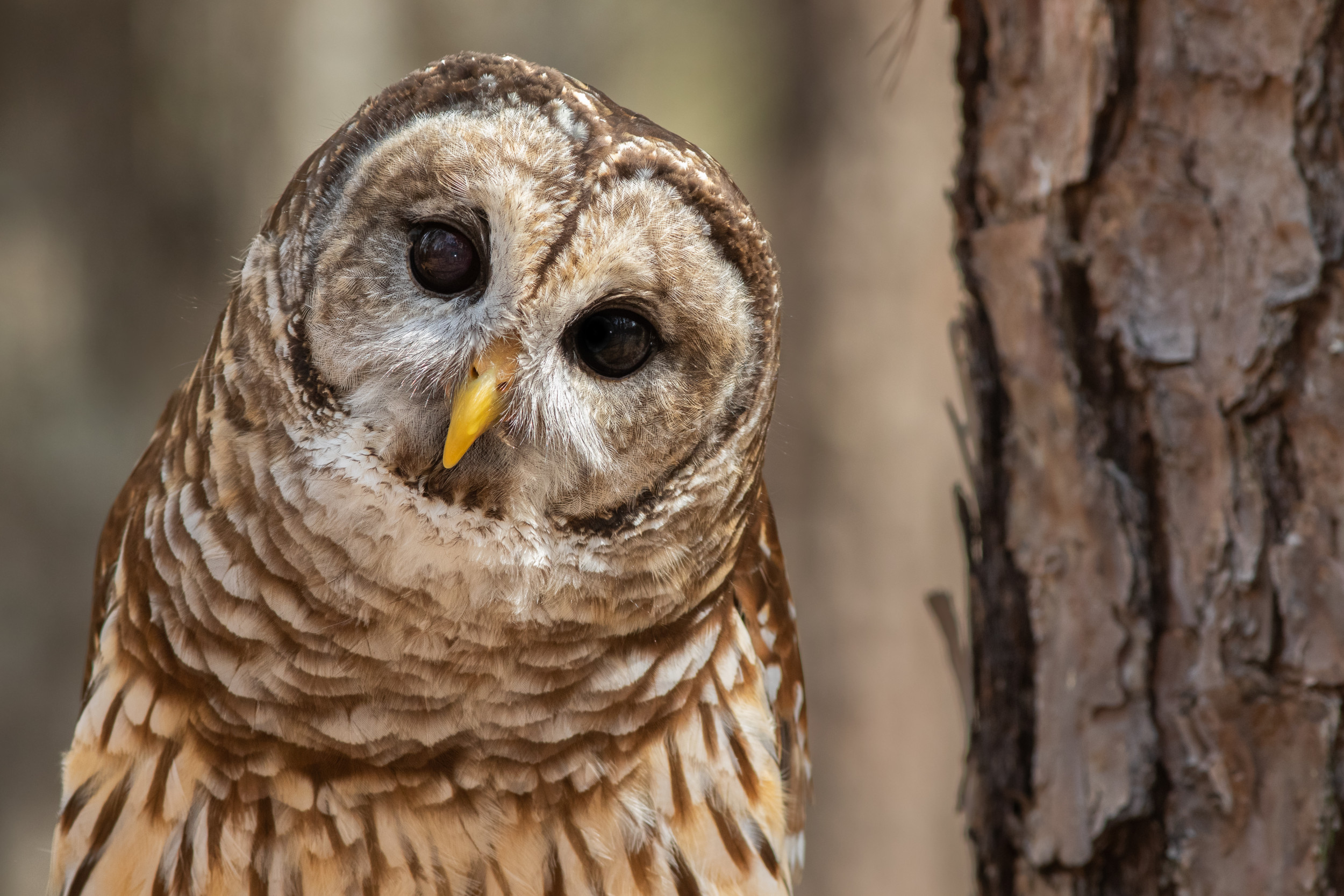
 www.newsweek.com
www.newsweek.com
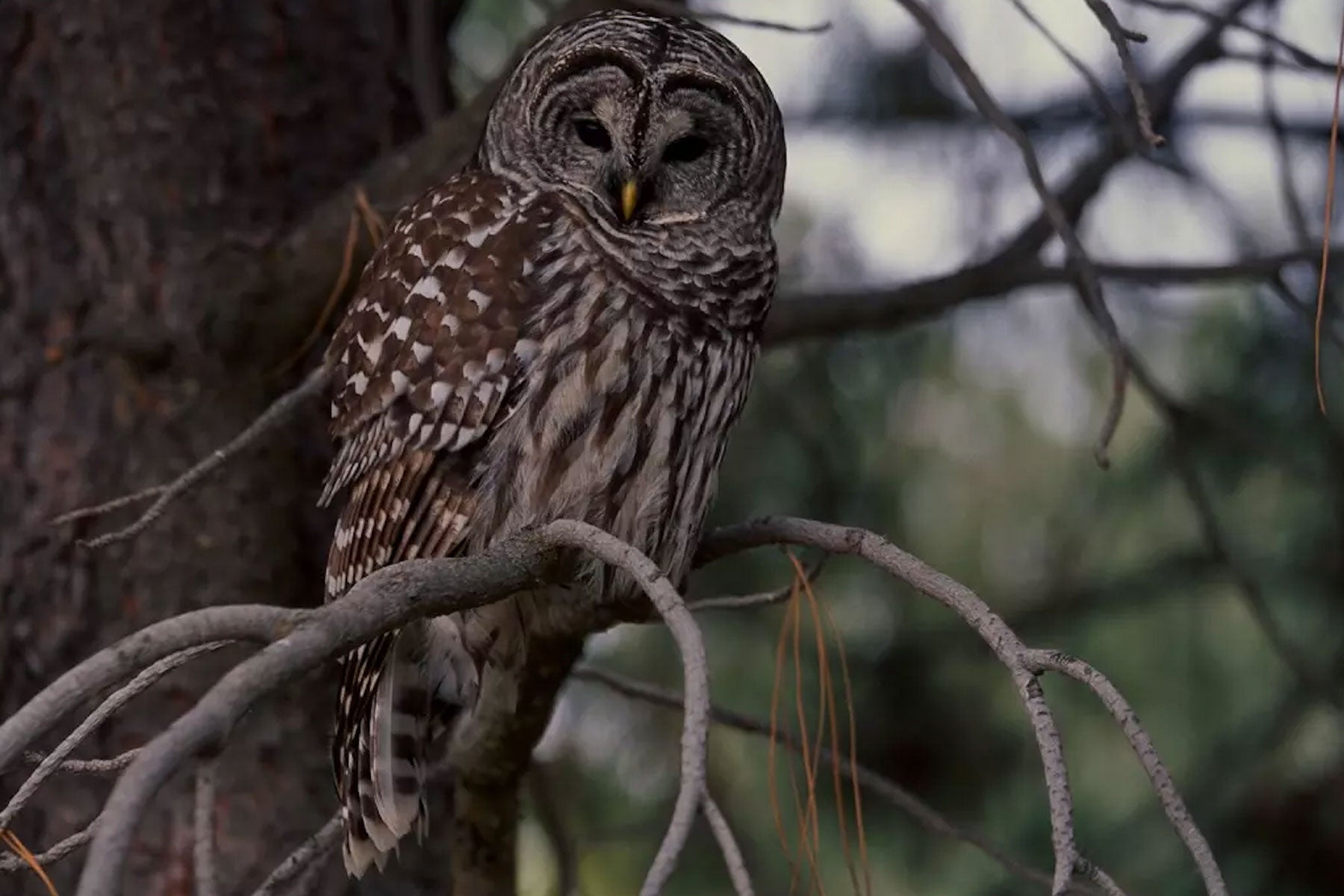
 www.fieldandstream.com
www.fieldandstream.com
This is a super-complex issue with a lot of scientific uncertainty. I'll add more in comments.

Service Seeks Public Comment on Draft Strategy to Manage Invasive Barred Owls | U.S. Fish & Wildlife Service
PORTLAND, Ore. – The U.S. Fish and Wildlife Service is seeking public input on a draft environmental impact statement and draft Barred Owl Management Strategy that addresses the threat of the non-native and invasive barred owls to native northern and California spotted owls. Populations of the...
More information from USFWS about their Barred Owl management:

Barred Owl Management | U.S. Fish & Wildlife Service
LATEST NEWS: The Service seeks public input on a draft Environmental Impact Statement (EIS) and draft Barred Owl Management Strategy that addresses the threat of the non-native and invasive barred owl to native northern and California spotted owls. The 60-day public comment period c
The proposal includes "lethal removal" of Barred Owls - shooting them - and that has been picked up by popular media recently:

US Government wants 500,000 owls to be shot dead in cull
13,397 barred owls will be killed every year in the first decade, 16,303 a year in the second, and 17,390 birds annually in the third.

USFWS Drafts Plan to Cull Half a Million Invasive Owls in the Pacific Northwest
The non-native barred owls will be culled to protect endangered spotted owl populations in Oregon, Washington, and northern California.
 www.fieldandstream.com
www.fieldandstream.com
This is a super-complex issue with a lot of scientific uncertainty. I'll add more in comments.






